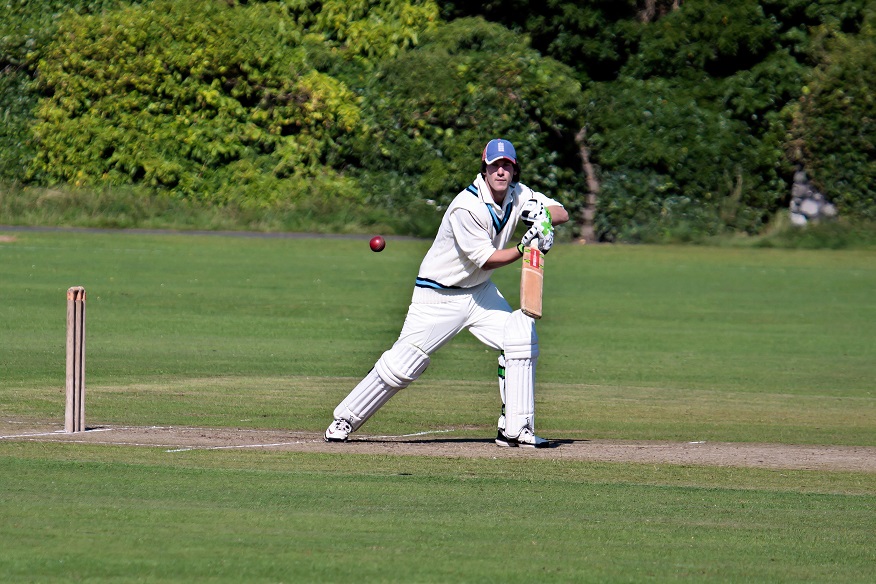Tactics and strategy play a crucial role in cricket, as they can greatly impact the outcome of a match. Here are some key tactics and strategies that every cricket player should know:
- Batting order: The batting order is the order in which a team’s batsmen will face the opposition’s bowlers. It’s important to have a well-planned batting order that takes into account the strengths and weaknesses of each batsman.
- Bowling changes: Making strategic bowling changes can be a key factor in the outcome of a match. By mixing up the types of bowlers and their line and length, a captain can keep the opposition guessing and put pressure on the batsmen.
- Field placements: Field placements are the positions on the field where the fielding team’s players are placed. Captains can use different field placements to try and cut off runs, protect their boundaries, or create chances for dismissals.
- Powerplay overs: Powerplay overs are a set of overs in limited-overs cricket where the fielding restrictions are at their most stringent. Captains can use powerplay overs to try and score runs quickly or to apply pressure on the opposition’s batsmen.
- Captains’ declarations: In long-form cricket, captains can use declarations to try and force a result or to set up a run chase. Declarations can be a risky strategy, as they involve the captain’s team giving up the opportunity to score runs in exchange for trying to take wickets.
By understanding these tactics and strategies, cricket players can better understand the game and make more informed decisions on the field. Whether you’re a beginner or an experienced player, it’s never too late to learn more about tactics and strategy in cricket and become a better player.
